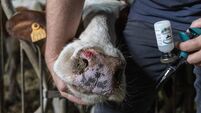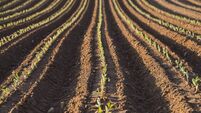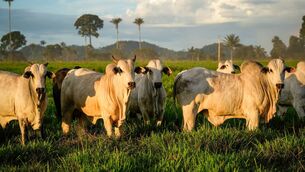Shortage of feed blamed on wet weather conditions
Analysis of grass silage samples from the 2002 harvest has shown a marked drop in feeding value, compared to previous years, because of the wet conditions and poor harvesting climate in June, when most crops were cut.
The price to be paid by farmers for the inferior quality winter fed conserved last summer is being calculated at up to double the normal bill for winter concentrates, for maintenance of their livestock and to achieve beef and milk production levels.
Tom O’Dwyer, Teagasc Specialist Advisor at Kildalton College, says, “With the poor weather of late May and early June leading to later harvesting of silage on most farms, it is not surprising that while yields are up, silage quality is lower than normal. Poorer quality silage will result in poorer animal performance or higher levels of supplementation for the same level of performance“.
He said that the early results from analysis of the 2002 first cut silage showed digestibility (as measured by DMD) lower by 4% and crude protein levels down by 2%, compared to the 2001 crop.
Results from Teagasc monitor farms show that DMD has dropped from 71.2 in 2001 to 68.3 for 2002 and dry matter is down from 23.2% to 19.7%, and crude protein levels 2% lower.
In general it is expected that a drop of up to 5% in DMD will be experienced in this year’s crop requiring an increase in concentrate feeding of 1.5 kg per head per day to make up the loss of feed value, adding about 11 per animal per month to feeding costs over the winter and spring.
Mr O’Dwyer says that in most cases, the crude protein level of the ration will have to be increased by 2% to compensate for the drop in crude protein in the silage.
Because of the expected wide variation in silage quality from one farm to another, silage analysis is being recommended to assess the quality and the concentrate supplementation necessary to maintain performance.










